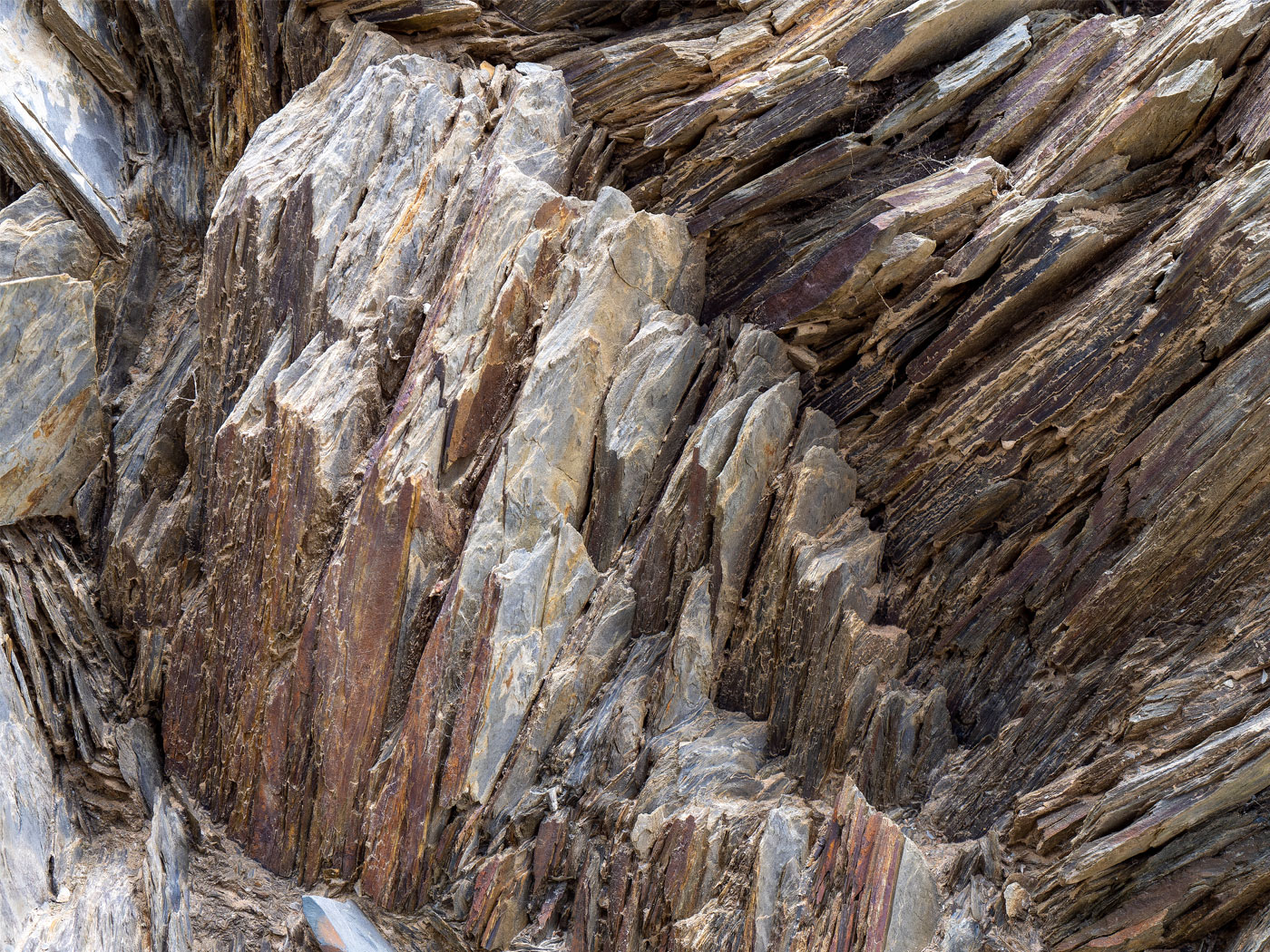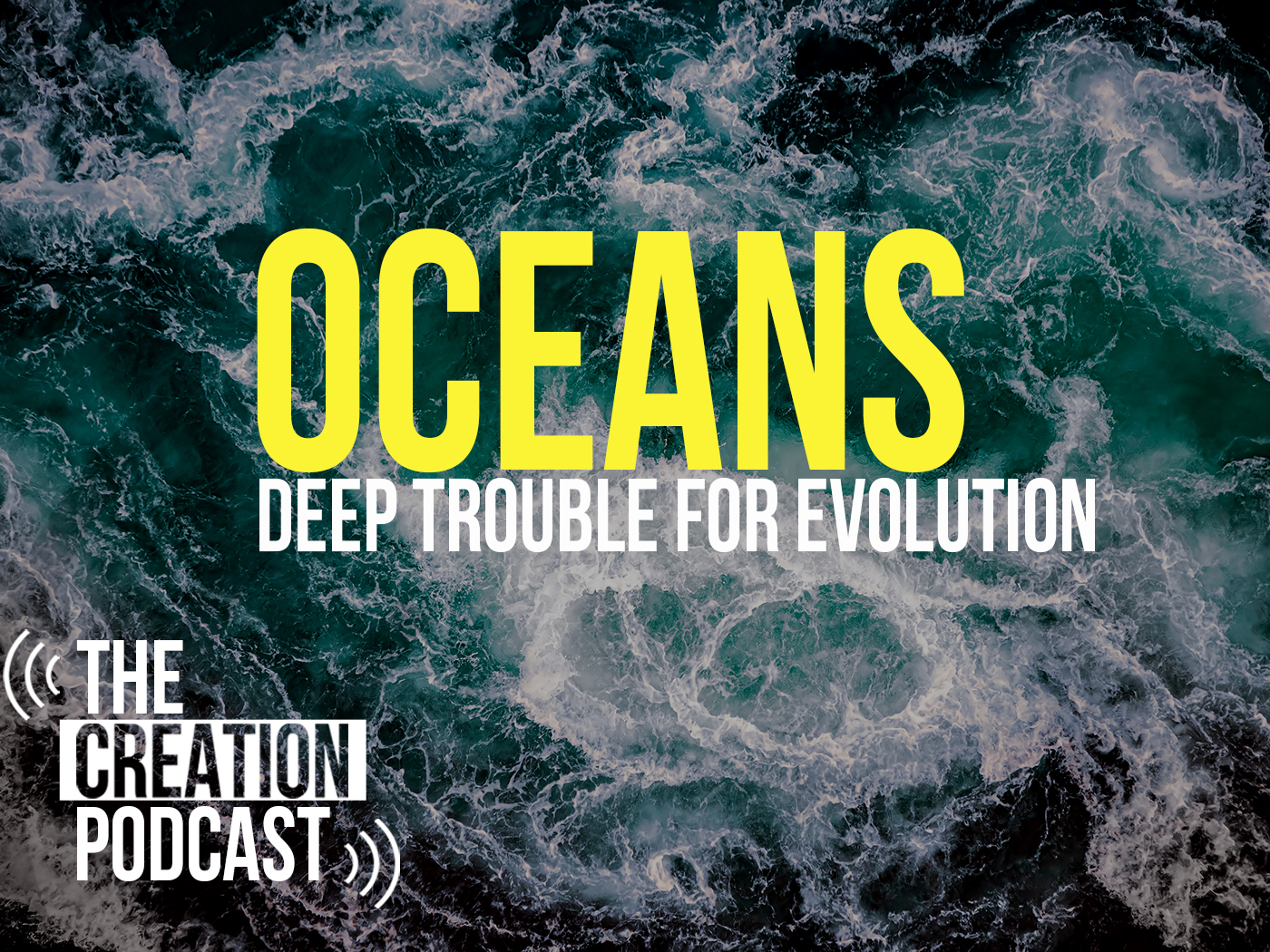A new study of the Chengjiang Biota in Yunnan Province, China, tries to solve the mystery. The authors claim that all the animals died in an unstable river/delta environment.2 But the internal inconsistencies in their interpretation are better explained by the actions of the global Flood.
Over 250 species have been identified in the Chengjiang Biota, including worms, arthropods, and vertebrates (chordates), the highest number of any Cambrian unit.2,3 These animals appear suddenly and fully-formed in the Yu’anshan Formation, which contains the special fossil assemblage.2
“The Cambrian Explosion is now universally accepted as a genuine rapid evolutionary event, but the causal factors for this event have been long debated, with hypotheses on environmental, genetic, or ecological triggers,” said co-author Xiaoya Ma of the University of Exeter and Yunnan University.3 Nor can conventional scientists explain the sudden appearances of so many types of animals in the “blink of an eye.”
Publishing in Nature Communications, the team of scientists from several institutions in China, Canada, and the United Kingdom found an uncommon mix of sedimentary deposits, water sources, and fossil types all mixed in the same rock formation. Some layers show cross-bedding, while others show parallel layering, indicating dramatic changes in flow velocities. Others had “oscillatory-flow” deposits, suggesting water moving back and forth. Some layers suggested shallow water deposition. Other layers in the Yu’anshan Formation contain black shales, rich in preserved organic debris. These are interpreted by evolutionary scientists to have formed in a deep-water setting. In addition, some fossils seem to have been buried in place while others were transported a considerable distance.2
To uniformitarian scientists, these observations suggest the Chengjiang Biota somehow formed simultaneously in both shallow water and deep water, and under rapid flow and slow flow. They even interpret that some fossils were deposited by freshwater while others by marine water.2 Only the high rate of sediment accumulation seemed to be fairly consistent throughout the deposit. It is no wonder the evolutionary scientists admitted,
Despite hundreds of articles describing taxa [animal types] from the Chengjiang Biota and their preservation, there is no consensus interpretation on the paleoenvironment in which the animals lived, died, and were preserved.2
And the animals died in masses. Hundreds of specimens of Yunnanozoon (a leaf-looking chordate) are preserved on individual bedding surfaces.2
“It is hard to believe that these animals were able to cope with such a stressful environmental setting,” said co-author M. Gabriela Mángano, a paleontologist at the University of Saskatchewan.3
However, their fossils show that they didn’t cope. Most were buried alive in mass graves.
Although uniformitarian scientists claim these contradictory observations can be explained by a “mixed river and wave-influenced delta,” it is still unsatisfactory. Too many unusual depositional indicators are present to lump it into a single environment. Furthermore, it contains too many perfectly preserved fossils of such wide variety to be a simple river delta.2 It needs bigger floods than a single river can provide. And there is glaring a lack of bioturbation (churning of the sediments by burrowers) as would be expected in river banks and deltas.2
A better interpretation is Noah’s Flood. The Chengjiang Biota resides in the bottommost Flood layers in this region of China, part of the Sauk Megasequence globally. As the Flood began, tsunamis from initial plate motion would have sent massive waves crashing across the shallow seas, sweeping up animals and sediment. Their ebb and flow would have deposited sediments that exhibit oscillatory-flow, and mix faster and slower velocities as the waves waned and returned. If near the pre-Flood coastline, these waves would likely have mixed freshwater biomes with deeper marine water biomes and buried many animals alive. Little time would have been available for intense bioturbation before the next wave and the next layer were deposited. The Flood truly gives the best explanation for the data.
Evolutionary scientists automatically dismiss any evidence for the global Flood. It is not even considered. Instead, they resort to convoluted interpretations that do not match the observations. However, the Genesis Flood continues to be the most convincing explanation for the Cambrian Explosion and the Chengjiang Biota.
References
1. Clarey, T. 2021. Cambrian Explosion Alive and Well. Creation Science Update. Posted on ICR.org January 14, 2021, accessed March 25, 2022.
2. Saleh, F., et al. 2022. The Chengjiang Biota inhabited a deltaic environment. Nature Communications. 13:1569.
3. University of Exeter, 2022. Modern animal life could have origins in delta. Science Daily. Posted on sciencedaily.com March 23, 2022, accessed March 25, 2022.
Image: Trilobite fossil from the Chengjiang site
Image credit: Copyright © UNESCO 2022. Adapted for use in accordance with federal copyright (fair use doctrine) law. Usage by ICR does not imply endorsement of copyright holder. Photography credit: Ko Hon Chiu Vincent.
*Dr. Clarey is Research Scientist at the Institute for Creation Research and earned his doctorate in geology from Western Michigan University.























